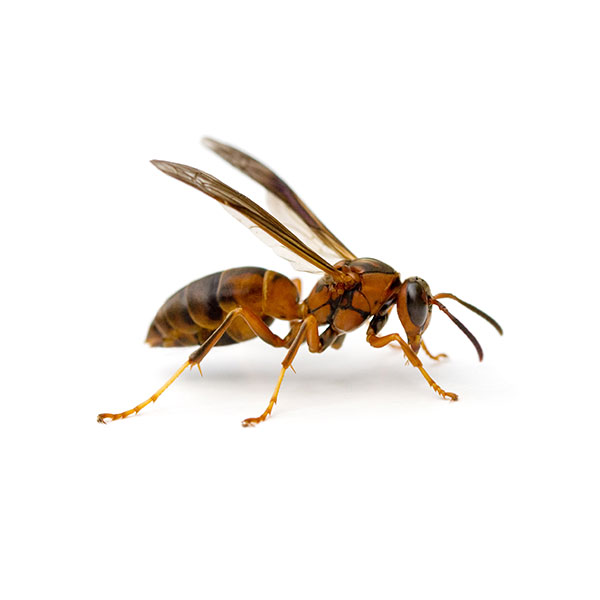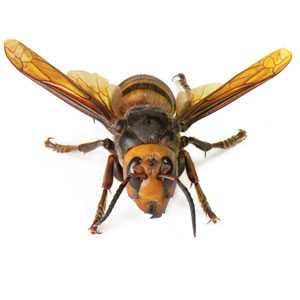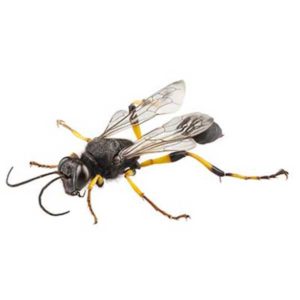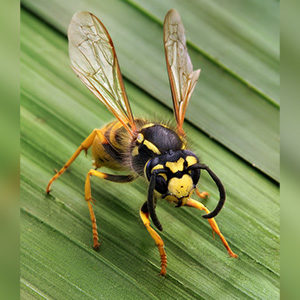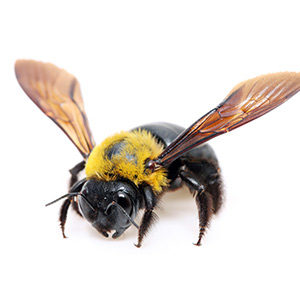Description
| Size | 0.75 to 1.25” |
| Characteristics | Black abdomen and wings; mahogany body with a unique yellow ring. |
| Legs | 6 |
| Antennae | Yes |
| Habitat | Known for building papery umbrella-shaped nests in well-protected areas such as tree branches, porch ceilings, and sheds. |
| Habits |
|
| Paper Wasps in the Pacific North West | Paper wasps are an extremely common pest throughout the United States. Colonies can contain over 5,000 individual wasps, which allows them to spread quickly. Their umbrella-shaped nests usually hang from horizontal surfaces in protected areas, such as in attics or sheds. Paper wasps eat a wide variety of substances, but they mainly consume other insects such as caterpillars, beetles, and flies. |
| Paper Wasp Habitat | Paper wasps use the fibers found in wood and plant matter to build their nests, which leads to a very papery appearance. When completed, these nests look like upside-down umbrellas with a small open end. Shaded areas such as tree branches, under eaves, or attic rafters are popular locations for paper wasps to build their nest. Because many of these spaces are close to human residences, paper wasps are known for entering homes through attic vent screens or roof shingles, which can cause problems for homeowners. |
| Paper Wasp Behavior, Threats, and Dangers | Though paper wasps can be beneficial to the environment by regulating insect populations, they are moderately aggressive and can sting multiple times if threatened. These stings can be very painful, and they may be life-threatening for people with a bee allergy. For this reason, it’s best to leave nests alone and call a professional wasp control company if you find signs of an infestation on or around your property. |
